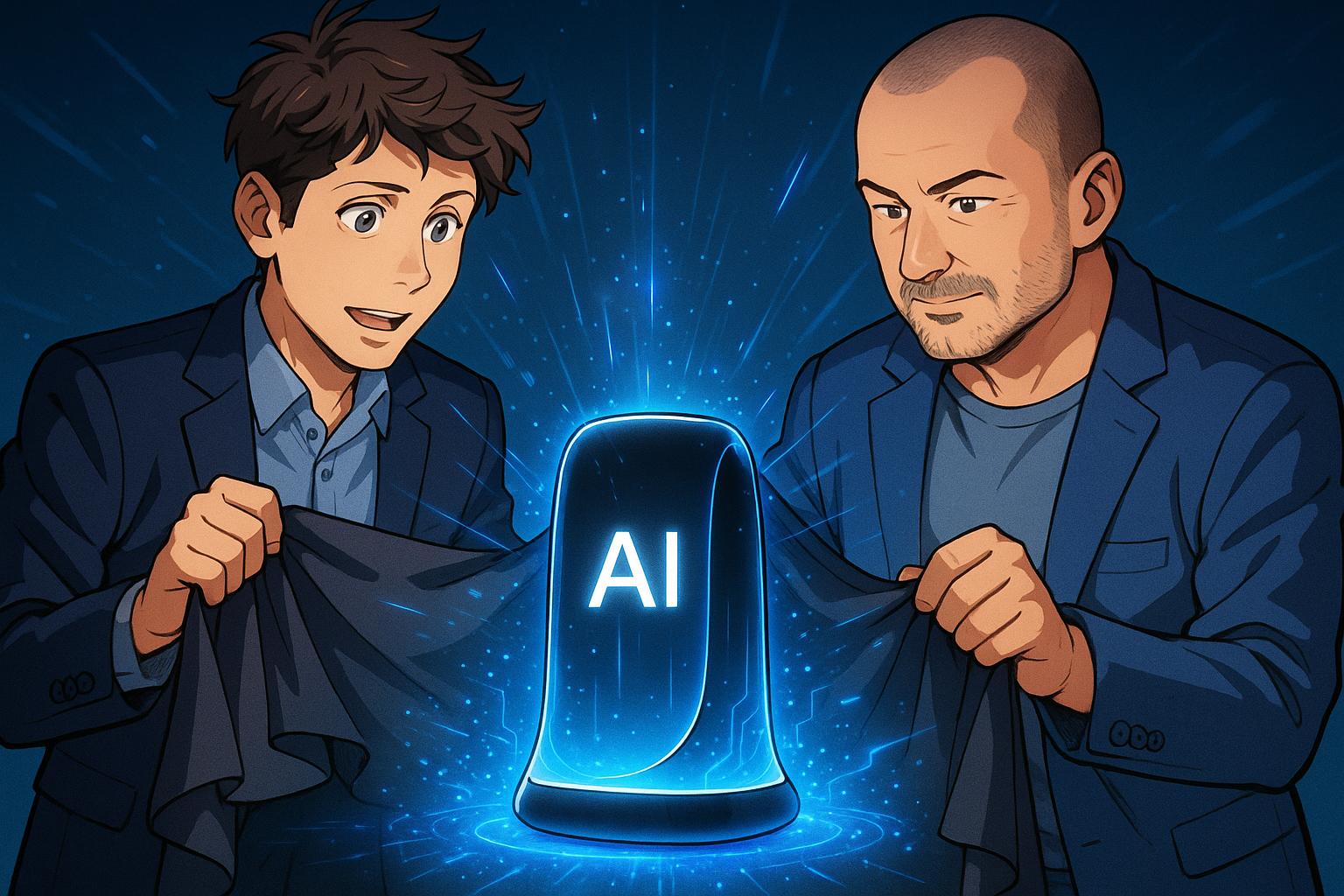Sam Altman, the CEO of OpenAI, recently unveiled an ambitious strategy to reshape human interaction with advanced technology through the acquisition of Jony Ive's startup, io Products, for an estimated $6.5 billion. This bold move aims to harness Ive's legendary design expertise to create hardware that could redefine how we engage with generative artificial intelligence. The potential device, described by Altman as “the coolest piece of technology that the world will have ever seen,” represents a pivotal shift as OpenAI seeks to develop an independent platform for AI outside of the established ecosystems dominated by companies such as Apple and Google.
Ive, whose illustrious career at Apple spanned from 1992 to 2019, masterminded iconic products including the iPhone, iMac, and Apple Watch. His designs played a crucial role in Apple’s emergence as a leader in technology and product aesthetics. In a joint statement, Ive expressed that the devices currently available to us are outdated. He believes that with advancements in AI, there’s a pressing need for innovative forms of technology that transcend traditional interfaces. “So it’s just common sense to at least think, surely there’s something beyond these legacy products,” Ive noted, underscoring a shared vision with Altman for a new generation of consumer electronics.
This acquisition is significant, marking one of OpenAI's most substantial investments to date and increasing its stake in io from 23% to a commanding total. With 55 experts in hardware and software set to join OpenAI, the collaboration aims to merge top-tier design.
OpenAI's foray into hardware comes at a time when the competitive landscape is heating up, particularly for Apple. The tech giant has struggled to keep pace with the rapid evolution of AI technology and has faced criticism for its lacklustre integration of AI capabilities into its products, such as the Siri digital assistant. Following the announcement of the acquisition, Apple’s shares fell nearly 3%, suggesting investor concerns regarding competition in the AI-driven market.
As AI devices like Amazon's Alexa+ and Humane's AI Pin strive to make their mark, questions linger about whether a new device designed specifically for AI can dethrone the ubiquitous smartphone. Roger Beharry Lall, a director of IDC, highlighted that mobile phones currently serve as the primary gateway to AI technologies. “Right now, the phone is the medium through which you can access these technologies,” he remarked, adding that if anyone could revolutionise the interface for this technology, it would likely be Ive.
OpenAI's aspirations extend beyond producing simply another gadget; the company aims to conceptualise a device that fundamentally transforms user experience. Both Altman and Ive suggest that while their initial prototypes promise unprecedented advancements, they do not envision this new product as a direct replacement for smartphones, but rather an innovative alternative.
As OpenAI solidifies its position as a key player in Silicon Valley, bolstered by last year’s success of its generative AI chatbot, ChatGPT, the race to innovate in AI hardware is set to intensify. The first products from this collaboration are expected to materialise by 2026, potentially shifting the technological paradigm in ways that remain to be seen.
The landscape of technological devices is in flux, and with the combined expertise of OpenAI and one of the industry’s foremost design minds, the future may hold unforeseen innovations that not only expand on but also redefine our interaction with technology.
Reference Map
Source: Noah Wire Services
